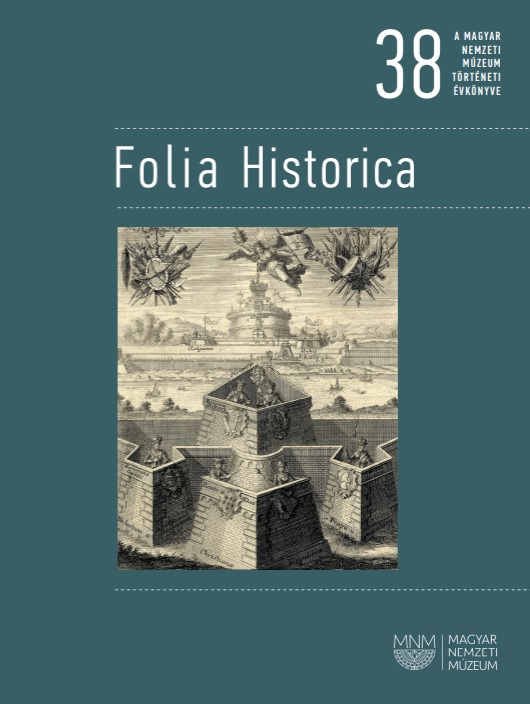Hungary as the Shield of Christianity
Details on the History and Interpretation of an Allegorical Baroque Copper Engraving
DOI:
https://doi.org/10.62258/KKAL6401Keywords:
Baroque allegory, historical topos, book illustration, thesis book, Turkish occupation, oseph I, Holy Roman Emperor and King of Hungary, Johann Andreas Wolff, Johann Georg WolfgangAbstract
The early modern era saw widespread use and several visual representations of the phrase Hungaria est clipeus Christianitatis (“Hungary is the shield of Christianity”), a variation of the historical topos “Hungary is the bastion of Christianity.” One of these, maybe the most remarkable visual depiction of the topos, has been preserved in the Historical Picture Gallery collection since 1902, but the circumstances and goal of its creation, as well as the identity of its commissioner, remain unknown to this day. Preserved as a single sheet in the Historical Picture Gallery collection, the piece was initially created as a book illustration, as found out during the digitization of antique prints at the Bayerische Staatsbibliothek in Munich, which revealed not only the aim, commissioner, and date of the engraving but its philological and iconographic context as well. The present study aims at discussing these findings and exploring the visual sources of the engraving. The engraving, which presents an allegory of Hungary’s historical mission, opens the second chapter of the thesis by Count Anton Rupert Christoph Fugger, who received his Master of Philosophy degree from the University of Innsbruck in 1702. The author dedicated the thesis to Joseph I, King of Hungary. The text of the dedication provides an interpretation of the engraving and emphasizes that in the image of Joseph I, the newly crowned Hungarian king in 1687, “lightning struck,” bringing an end to the evil represented by the Protestant rebels and Turks.


